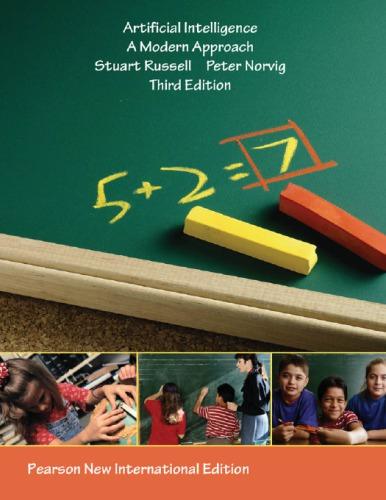1 Teams in the National Hockey League historically received 2 points for winning a game and 0...
Question:
1 Teams in the National Hockey League historically received 2 points for winning a game and 0 for losing. If the game is tied, an overtime period is played; if nobody wins in overtime, the game is a tie and each team gets 1 point. But league officials felt that teams were playing too conservatively in overtime (to avoid a loss), and it would be more exciting if overtime produced a winner. So in 1999 the officials experimented in mechanism design:
the rules were changed, giving a team that loses in overtime 1 point, not 0. It is still 2 points for a win and 1 for a tie.
a. Was hockey a zero-sum game before the rule change? After?
b. Suppose that at a certain time t in a game, the home team has probability p of winning in regulation time, probability 0.78 − p of losing, and probability 0.22 of going into overtime, where they have probability q of winning, .9 − q of losing, and .1 of tying.
Give equations for the expected value for the home and visiting teams.
c. Imagine that it were legal and ethical for the two teams to enter into a pact where they agree that they will skate to a tie in regulation time, and then both try in earnest to win in overtime. Under what conditions, in terms of p and q, would it be rational for both teams to agree to this pact?
d. Longley and Sankaran (2005) report that since the rule change, the percentage of games with a winner in overtime went up 18.2%, as desired, but the percentage of overtime games also went up 3.6%. What does that suggest about possible collusion or conservative play after the rule change?
Step by Step Answer:







